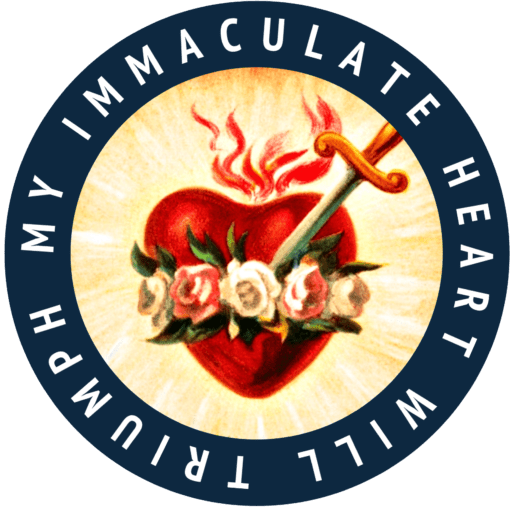
Tag: catholic blog
-

St. Andrew Christmas Novena | Prepare Your Heart!
Read More: St. Andrew Christmas Novena | Prepare Your Heart!The feast of St. Andrew has always been closely associated with the beginning of Advent as it usually falls shortly after the First Sunday of Advent. In light of that fact, for at least the past century a prayer was developed as a daily preparation for Christmas and took November 30 as its starting point. It…
-

Chronology of WW3 According to Catholic Prophecies
Read More: Chronology of WW3 According to Catholic PropheciesChronology of WW3 According to Catholic Prophecies Exploring Catholic Mystics’ Insights into Modern Global Tensions Catholic prophecy has long spoken of an apocalyptic conflict involving multiple nations, leading to divine chastisement and ultimate renewal. While World War III (WW3) is not explicitly named, the mystics and visionaries of the Church have described events that closely…
-

The Patron Saint of TV?? You Won’t Believe Who!
Read More: The Patron Saint of TV?? You Won’t Believe Who!It might seem a bit odd that a saint from nearly 800 years ago would be the patroness of television—but that’s exactly the case! St. Clare of Assisi was officially given this title by Pope Pius XII in 1957. Born in 1194 into a noble family, Clare turned her back on wealth and privilege to…
-

Novena of Confidence to the Sacred Heart
Read More: Novena of Confidence to the Sacred HeartO Lord Jesus Christ, To your most Sacred Heart, I confide this/these intention: (mention your intention) Only look upon me, And then do What your Sacred Heart inspires. Let your Sacred Heart decide I count on it, I trust in it I throw myself on Your mercy, Lord Jesus! You will not fail me. Sacred…
-

-

Know Theology |Why Do Catholic Churches Ring Bells During Communion?
Read More: Know Theology |Why Do Catholic Churches Ring Bells During Communion?Catholic Theology Series The ringing of bells during Catholic Mass holds a profound significance that transcends mere auditory stimulation. It is a practice deeply rooted in tradition, symbolism, and practicality. The melodic chimes of the bells resonate through the sacred space, serving as a poignant reminder of the spiritual journey undertaken during the Communion service.…
Search
Popular Posts
-
🙏 A New Chapter Begins: Supporting Pope Leo XIV with Prayer and Hope | W/ Daniel O’Connor
“Give the new pope a break and support him with your prayers.”–…
-
Possible Candidates for The Next Pope!
Some Candidates for the New Papacy Today we will share with you…
Categories
Archives
Tags
#Miracles (102) 2023 (4) 2024 (4) approved miracles (2) catholic (141) catholic blog (375) catholic meditations (7) catholic miracles (371) catholic motivation (2) catholic news (371) catholic prayers (4) CatholicSeers (359) catholic vlog (375) catholic websites (6) Eucharistic miracle (2) fr jim blount (3) GisellaCardia (11) hamas (3) imitation of christ (2) Israel (4) israel live (5) Israel news (9) jesus (3) jesus christ (4) Latest messages (11) lent 2023 (10) lent 2024 (4) lent homily (2) lent retreat (4) lent retreat 2023 (3) Lourdes (2) messages from god (6) MessagesFromHeaven (364) miracles of catholic church (2) mother and refuge (2) ourlady (325) OurLadyApparitions (22) our lady of lourdes (2) Pope (2) POPE francis (3) pope francis news (2) prayers (3) real miracles (356) sacred heart of jesus (2) The Miracles of Lourdes (2)








